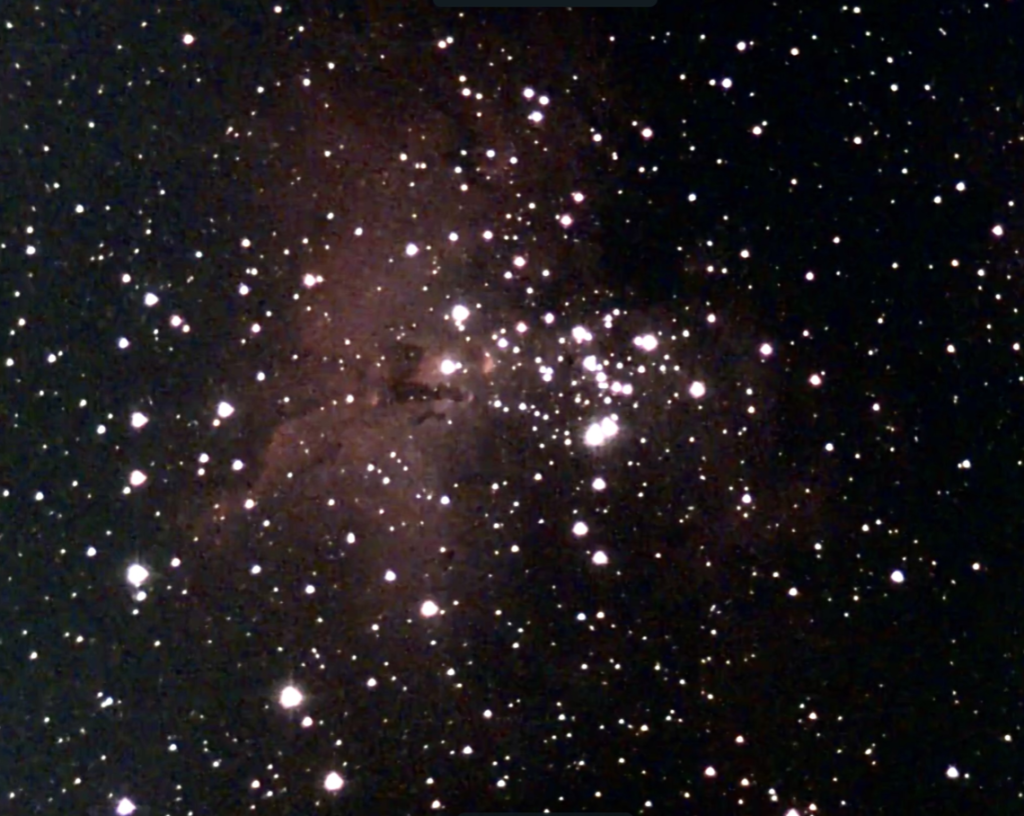M16 | NGC 6611 | Eagle Nebula | Serpens | 5,700 Light Years Away
Our Best Image

Messier 16, also known as the Eagle Nebula, is a stunning star-forming region located in the constellation Serpens. Charles Messier cataloged it in 1764, and it gained widespread fame for its iconic “Pillars of Creation” image captured by the Hubble Space Telescope. Positioned about 7,000 light-years away from Earth, Messier 16 is a vast complex of gas and dust, illuminated by a cluster of young, massive stars at its core.
The most famous feature of the Eagle Nebula is the aforementioned Pillars of Creation, towering columns of gas and dust where new stars are actively forming. These pillars were imaged in 1995 and have become an iconic representation of the tumultuous and dynamic processes involved in the birth of stars. The Eagle Nebula serves as a stellar nursery, providing astronomers with a unique opportunity to study the early stages of star formation and the interplay between young stars and their surrounding cosmic environment.
Observations of Messier 16 extend across various wavelengths, revealing details about the diverse structures within the nebula, such as emission and reflection nebulae. The study of the Eagle Nebula contributes not only to our understanding of star formation but also to the broader processes shaping the evolution of galaxies. Messier 16 remains a captivating celestial object, captivating both scientists and the public alike with its ethereal beauty and profound insights into the cosmic mechanisms that govern our universe.

